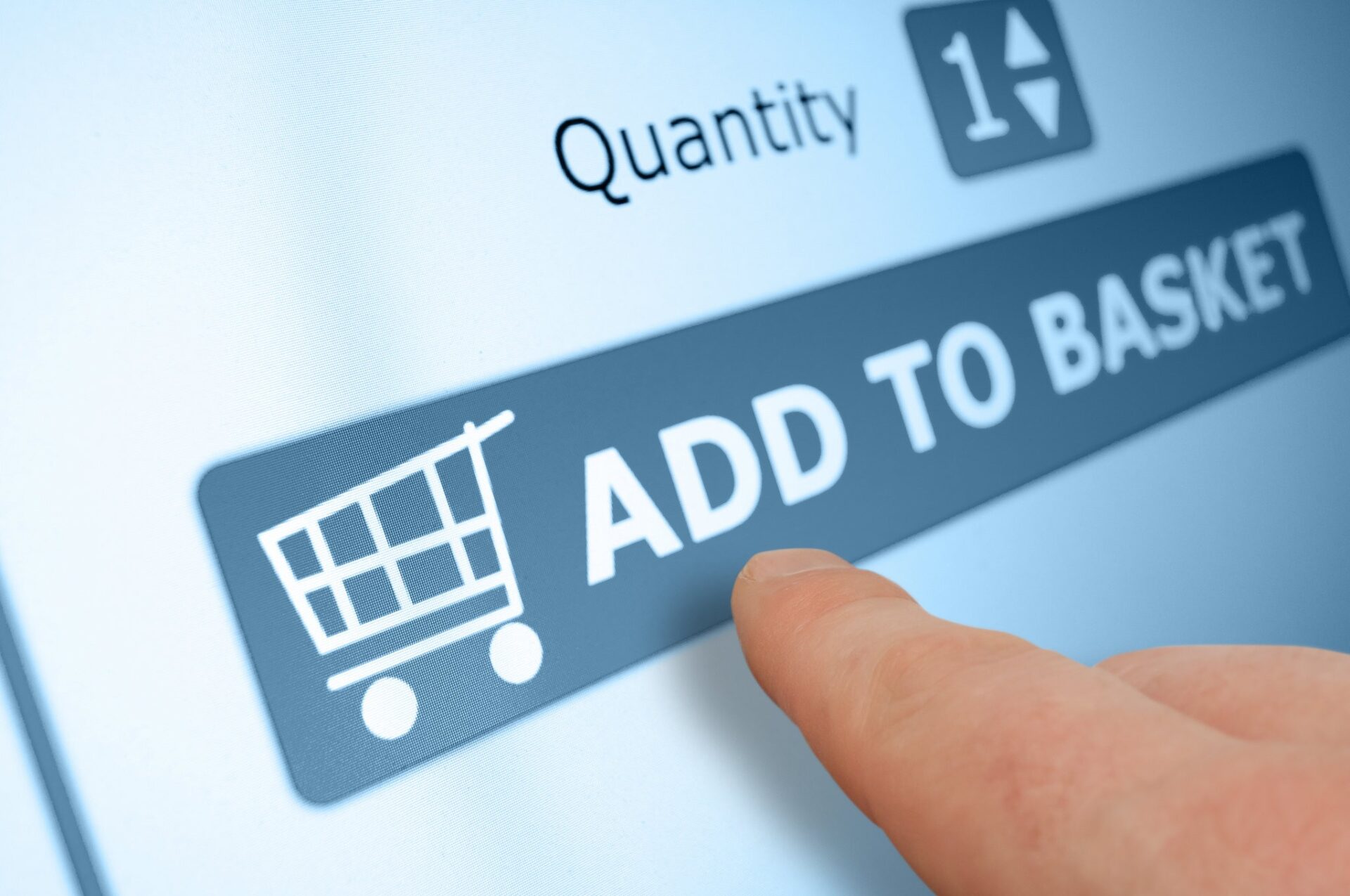
Shop Til You Drop – Google Shopping Segmentation
Shopping campaigns are a must for any eComm website. We’re stating the obvious here – if you are not running a Shopping campaign and you sell things online, you are missing the boat and not maximizing your revenue from Google. But what are the best targeting options to get the most out of the souped-up Product Listing Ad campaigns?
Well, here are my top 3.

#3 – By Product Type / Category
The out-of-the-box option. Since these values are often already part of your Google Shopping feed, Product Type and Category sub-divisions are usually ready to be targeted with no extra customization. This painless approach is ideal for quickly launching the campaign, or when you already have a diverse inventory of products.
Example: Imaginary eComm website sells hats online. The product feed is automatically segmented by fedoras, bomber caps and top hats. The product feed is easily sub-divided and varying bids are set.
#2 – By Custom Labels
The most comprehensive option, but also the most adaptable for your business. Custom Labels (taking the place of “adwords_groups” and adwords labels pre-Shopping era) allow for the most versatility when placing your products into buckets. Also, custom labels are useful for maximizing profit when your inventory generates a range of price points and margins.
Example: Same hat website sells sombreros at a very nice margin, more than any other style of hat. They would like to run a promotion to sell more sombreros. Custom label 0 is labeled “promo” for all relevant sombreros, and a new “promo” segment is targeted in a high-priority campaign with competitive bids.

#1 – By Top Products
The simplest option – just target items individually. My personal favorite, and go to for new Shopping clients. Two approaches here:
Target each of the top-selling products overall.
Or, if Shopping campaigns have already been running, check the Dimensions tab to find the best selling products, on Google Shopping.
Select Shopping > Item ID for your dimension, and sort by highest revenue, sales, or ROAS. Then, simply bulk add these IDs as segments in the “Product” feed.
Example: The PPC manager for the site that sells hats checks the “Dimensions” tab and finds the top selling hats – Dallas Cowboys ballcap, Green Derby Hat with feather and Fuzzy Santa Hat. The corresponding items Ids are downloaded, copied and pasted into the bulk add field. Bids are then maximized to ensure maximum impressions, and profits soar.
If you follow these three options, your shopping campaigns will finally have success and your profits will make you want to dance (and wonder why you didn’t do this sooner).

Paul Rakovich
Browse All PostsTell Us Your Goals
Recent Posts
- Google PMax: Get the Most Out of Your Ad Campaigns While Combating Fraud
- Lead Ads Don’t Have to Suck: How to Leverage Them Correctly
- Why More Expensive PPC Ads are Almost Always Worth It
- Unlock the Secrets of Organic CPA: The Ultimate Guide to Cost Per Acquisition
- Secrets We’ve Learned from Years Working with Paid Account Reps at Meta, TikTok, LinkedIn and Google
